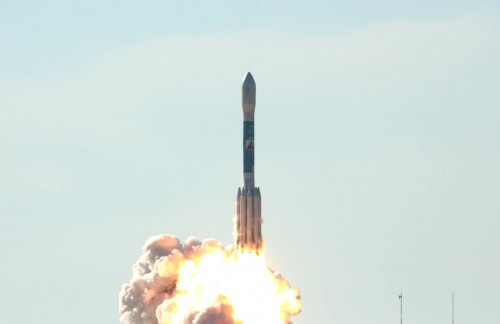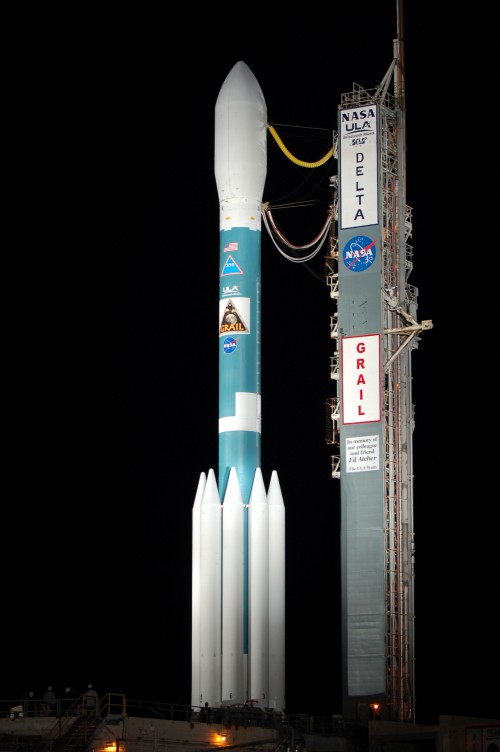
CAPE CANAVERAL, Fla — The Launch Services Program at NASA’s Kennedy Space Center, located in Florida, has selected United Launch Alliance’s (ULA) Delta II rocket to launch the agency’s Ice, Cloud, and Land Elevation Satellite-2 (ICESat-2) satellite into orbit in 2016.
“United Launch Alliance is honored that NASA has selected the Delta II to launch this critical science mission,” said ULA’s Vice President for Mission Operations Jim Sponnick.

NASA has received a firm fixed-price of $96.6 million under the space agency’s indefinite-delivery, indefinite-quantity NASA Launch Services (NLS) II contract. This includes launch support requirements such as the processing of the payload, integrated services, telemetry, and reimbursables.
The launch site will be Space Launch Complex-2, located at Vandenberg Air Force Base (VAFB) in California, and will see ICESat-2 placed into a near-circular, polar orbit. If all goes according to plan, ICESat-2 will continue the legacy of the first ICESat satellite. The spacecraft will study changes occurring in the polar ice sheet in order to help researchers develop a better understanding of how these changes impact the rise of global sea levels. ICESat-2 will also serve to provide better data on polar-sea ice thickness as well as global vegetation heights. By studying this and other factors, it is hoped that ICESat-2 will provide a clearer understanding about how the movement of the polar ice sheets impacts a variety of environments across the globe. While ULA might be the prime contractor, it takes a variety of skill sets to send a spacecraft into the proper orbit. Pratt & Whitney Rocketdyne, ATK, and Aerojet will supply the required solid rocket boosters and engines required to allow the Delta II to complete its task.
Many of NASA’s most successful planetary missions have roared into the black atop the venerable Delta II. NASA’s Mars Pathfinder, Mars Exploration Rovers Spirit and Opportunity, Stardust, GRAIL, the Phoenix Mars Lander, and Genesis all used the iconic launch vehicle. It was thought that the 2011 launch of the GRAIL mission to the Moon would be the last time the rocket was used. However, in 2012, NASA announced that it would purchase three more of the rockets for future missions.
The two remaining missions that are slated to use a Delta II are the Orbiting Carbon Observatory 2 (OCO-2) satellite and the Soil Moisture Active Passive (SMAP) satellite. The first of these was doomed when the Orbital Science Corporation Taurus XL fairing it was encased in failed to open. NASA built another OCO spacecraft, but opted not to use Orbital as a launch service provider. All of the Delta II launches will be flown out of VAFB.
“While we achieve mission success one-launch-at-a-time, the ULA team has a long history of many successful missions launched on Delta II, including 50 missions for our NASA customer. In addition to the Delta II, the ULA team is also successfully launching a wide array of missions on the Atlas V and Delta IV systems. The Delta II launch system continues to offer excellent reliability and value to our customers, and we look forward to launching the ICESat-2 mission together with the NASA team,” Sponnick said.



